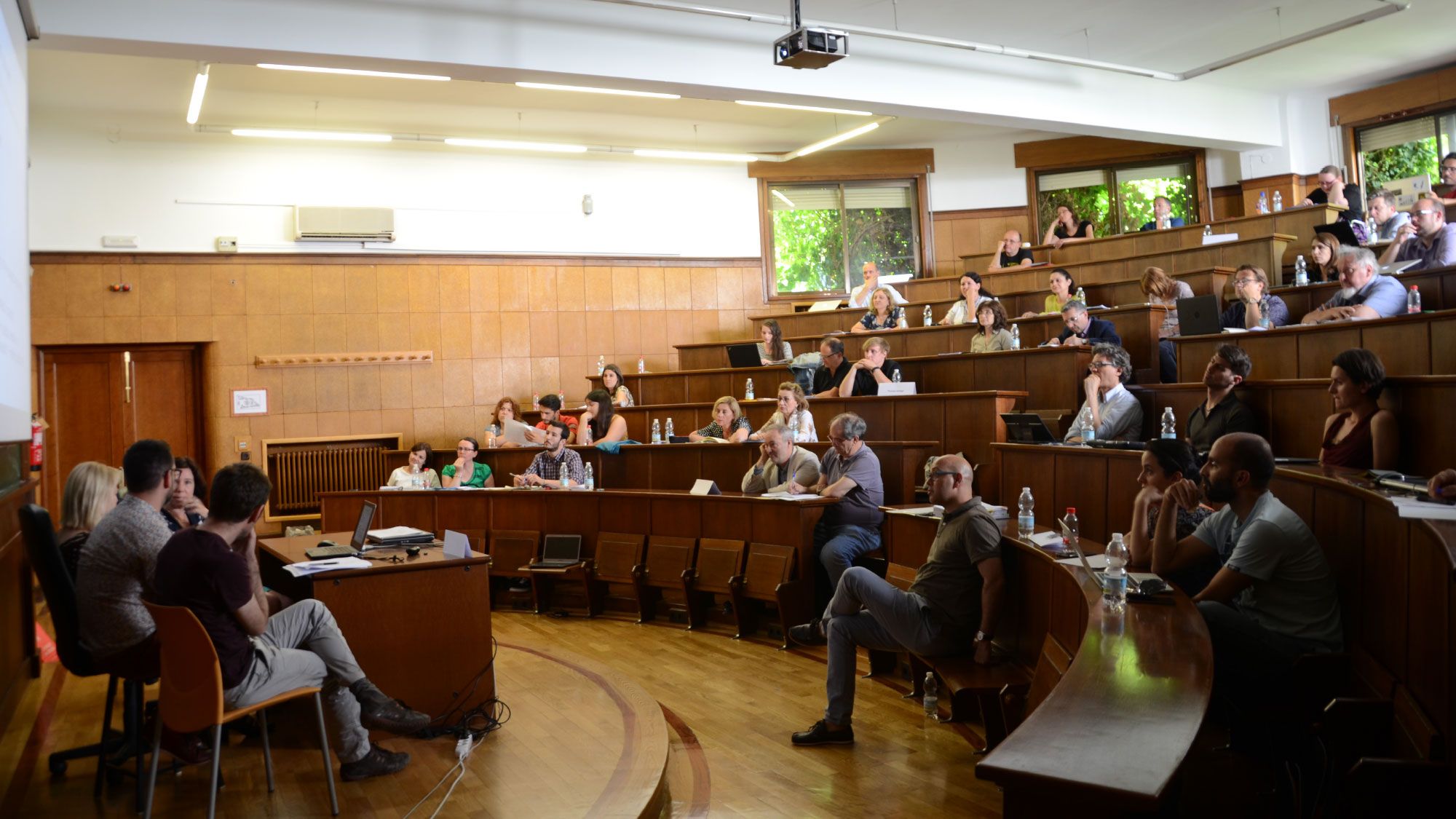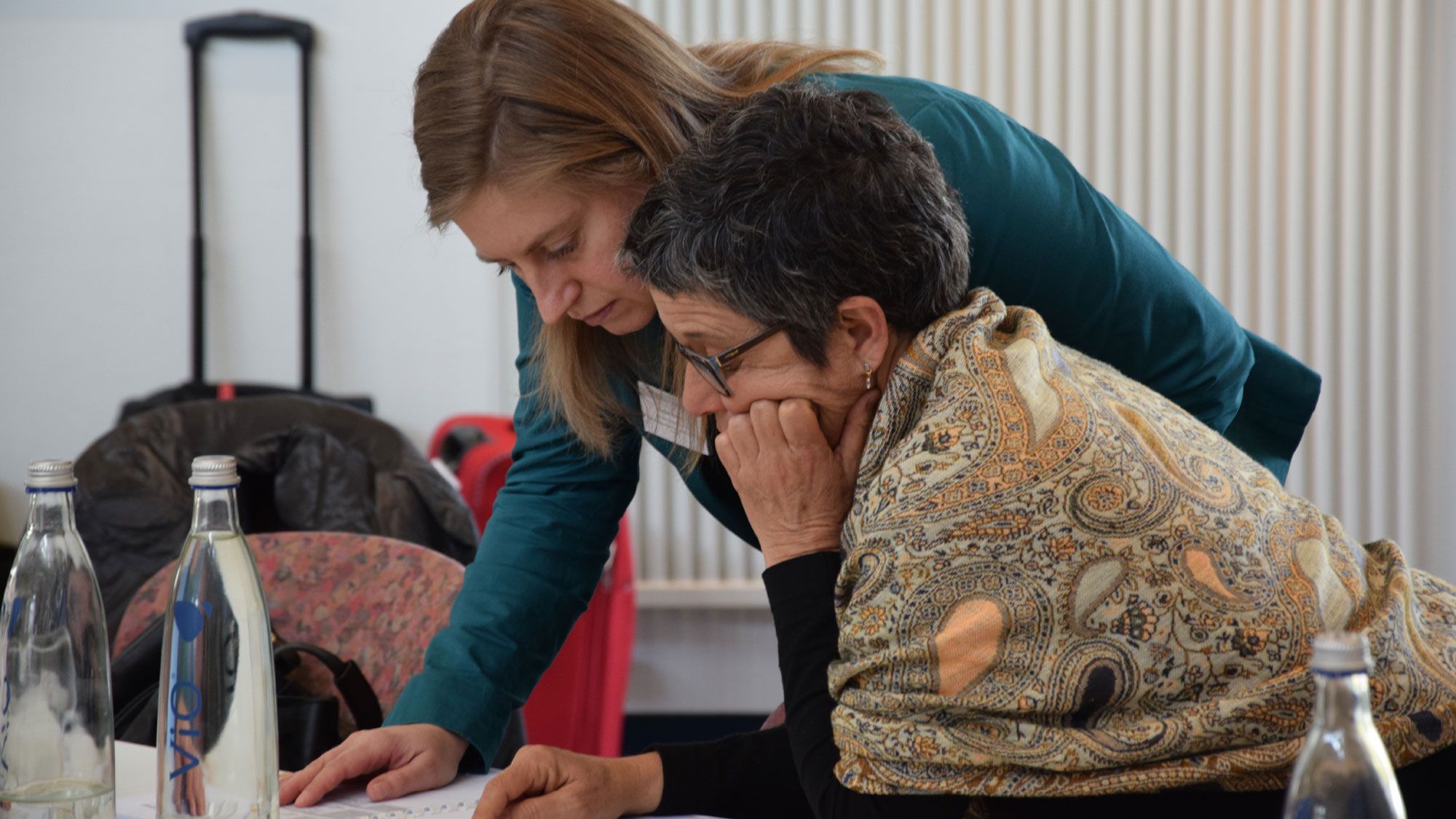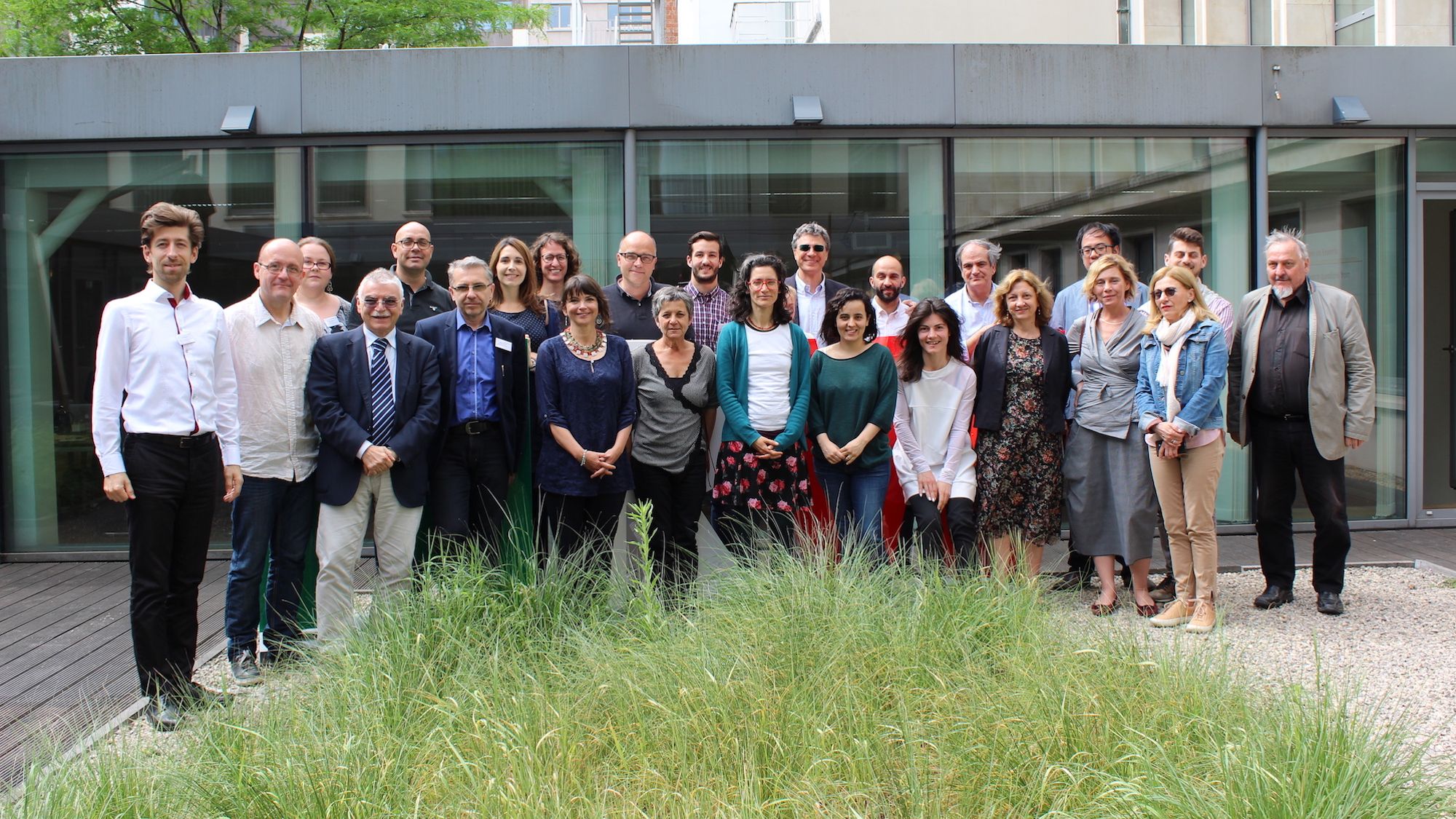School-to-work-transition
School-to-work transition refers to a complex process between educational attainment and labour market entry. This process has changed quite radically in Europe during recent decades. Despite the fact that educational participation has grown across Europe, the changes in the youth labour market have resulted in a situation where linear and stable employment careers have been replaced by less-predictable careers involving breaks and the blending of educational and labour market careers of different kinds. School-to-work transitions have become extended, de-standardized and more uncertain. De-standardisation comes along with individualization which forces the young people to “take individual decisions and are individually held responsible for them although resources and opportunities remain unequally distributed” (Walther & Plug, 2006, p. 79)
Despite these general trends, modern youth transitions differ across countries and periods, since there are different transition regimes across European countries (Walther & Plug). Therefore, it is crucial to analyze its dynamic nature, in pursuit of deeper understanding and better policy formulation.
Nevertheless, appropriate indicators measuring school-to-work transition and transition to adulthood are not widespread, due to scarcity of youth surveys and to the lack of comparable longitudinal data. In general literature, the most common indicators used are the average age of young people leaving education and the average time in finding a job after leaving education. More generally, successful labour market integration is still connected with structural, institutional and individual-level factors such as gender, age, educational qualifications, the labour market, employment policies, provision for guidance and counselling etc.
In many European countries, both youth unemployment rates and NEETs rates are comparatively high, which have resulted in establishing national and local school-to-work transition policies (Walther& Plug). These policies are conscious strategies and efforts within the local, national and international political arenas to promote young people’s school to work transitions. They concern the interface between education and the labour market, and include aspects of educational, social and employment policies. In the last twenty years, one trend in transition policies, which has received a lot of criticism, has been to increase the rate of academically educated young people with the aim of not only to improve their individual labour market situation but to accelerate the development of the national labour market as well. Transition policies in general have been criticized for maintaining standardized normal life course expectations in a societal situation, where standardized normal life courses and school-to-work transitions reflecting them are rapidly becoming more uncommon. Transition policies can deepen the de-standardization of youth transitions, since policies follow certain transition regimes. In general, policies tend to reproduce inequalities. The perpetual fact is that the smoothness of school-to-work transition depends on the resources (e.g. family background, material resources…) young adults have. (Walther& Plug, S. 88)
In studies regarding young people’s experiences of transition, there has been a trend in recent years to combine structural and institutional with actor-related analysis for a better understanding on the interplay of structure and agency in young people’s transitions, pathways and choices. In YOUNG_ADULLLT project, local, regional and national school-to-work transition policies, as well as the formation of educational and labour market trajectories of young adults are analyzed by using a mixed-methods research approach and based on three major theoretical perspectives – Cultural Political Economy, Life Course Research and Governance Studies.
References
EGRIS (European Group for Integrated Social Research). (2001). Misleading trajectories: transition dilemmas of young people in Europe. Journal of Youth Studies, Vol. 4, No. 1, pp. 101-118.
Eurofound (2014). Mapping youth transitions in Europe, Luxembourg: Publications Office of the European Union.
Flisi, S., Goglio, V., Meroni, E.C. & Vera-Toscano, E. (2015). School-to-work transition of young individuals: what can the ELET and NEET indicators tell us?, European Commission. Luxembourg: Publications office of European Union.
Heinz, W. (2009). Structure and agency in transition research. Journal of Education and Work, Vol. 22, No. 5, pp. 391-404.
Lundahl, L. (2014). Guarded transitions?. Youth trajectories and school-to-work transition policies in Sweden. International Journal of Adolescence and Youth, Vol. 19, No. 1, pp. 19-34.
Piupionic, M. & Ryan, P. (2012). Improving the transition between education/training and the labour market: What can we learn from various national approaches, EENEE [European Commission Network on Economics of Education]. Analytical Report No. 13.
Walther, Andreas & Plug, Wim. (2006). Transitions from school to work in Europe: destandardization and policy trends. In New Directions for Child and Adolescent Development, Vol. 2006, Issue 113, pp.77-90. http://onlinelibrary.wiley.com/doi/10.1002/cd.170/abstract
(Anna Siri, Uwe Bittlingmayer & Tero Järvinen)
























